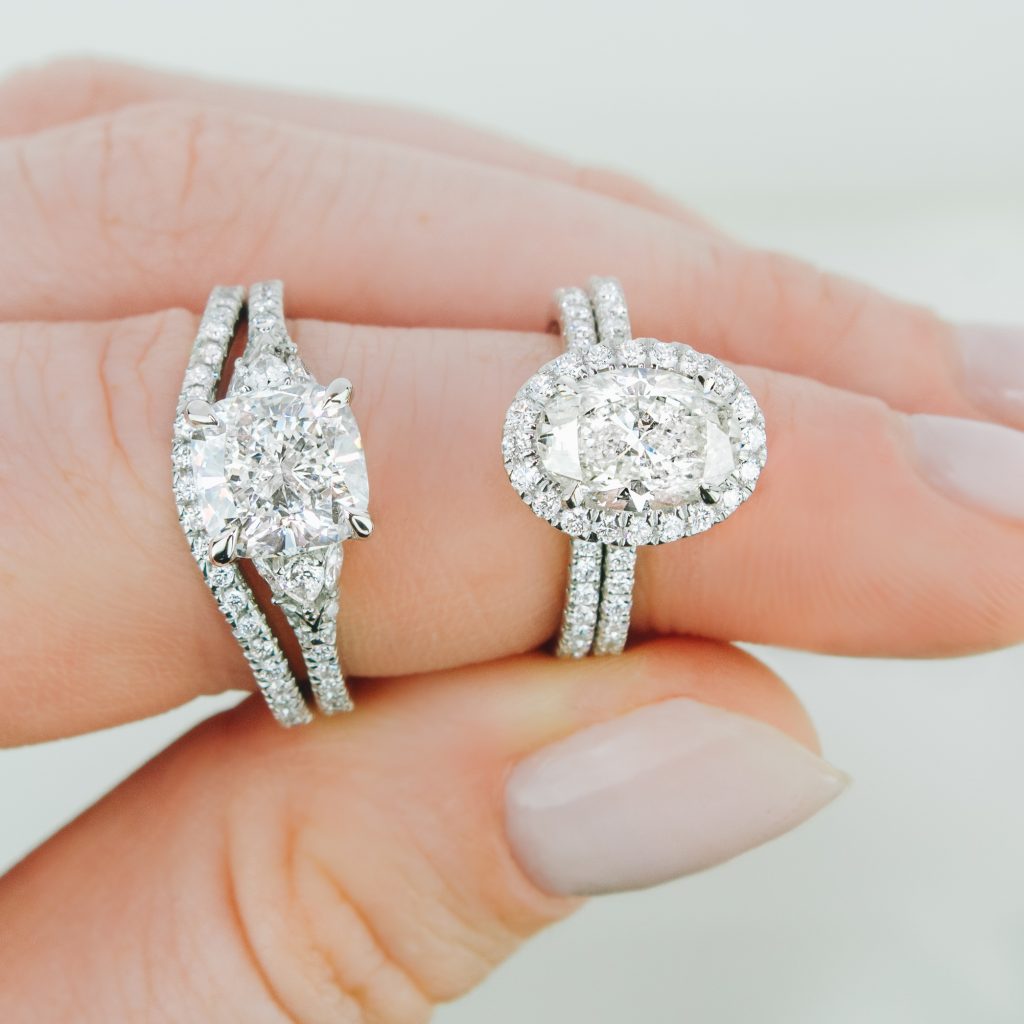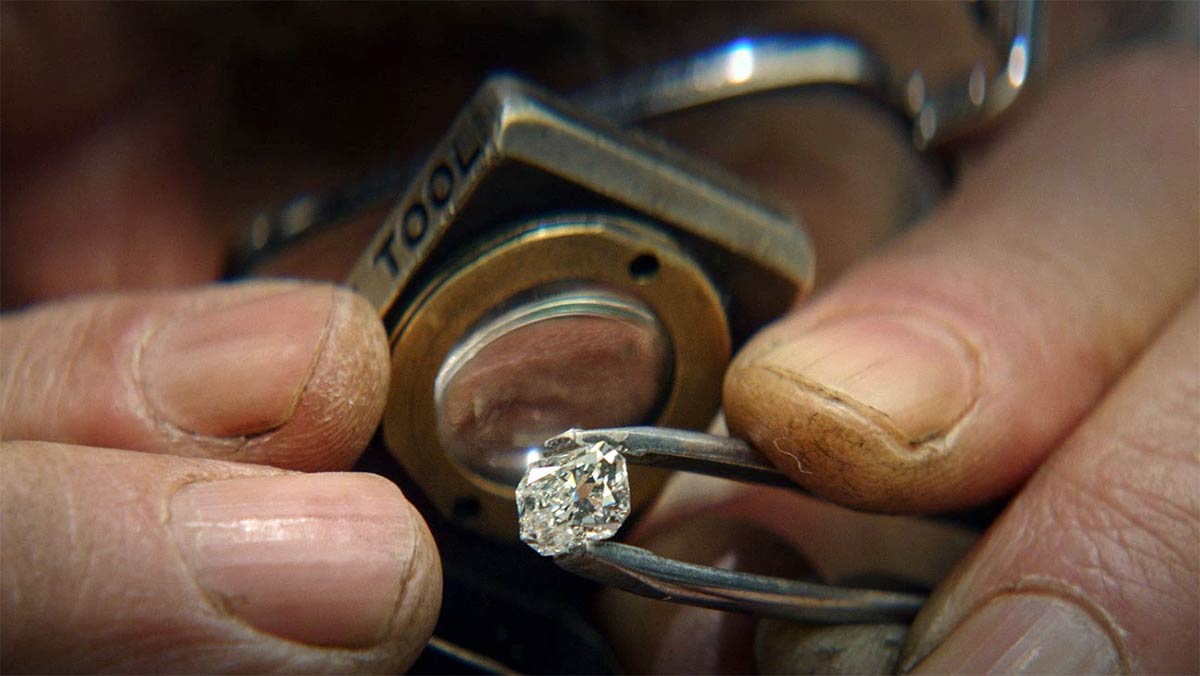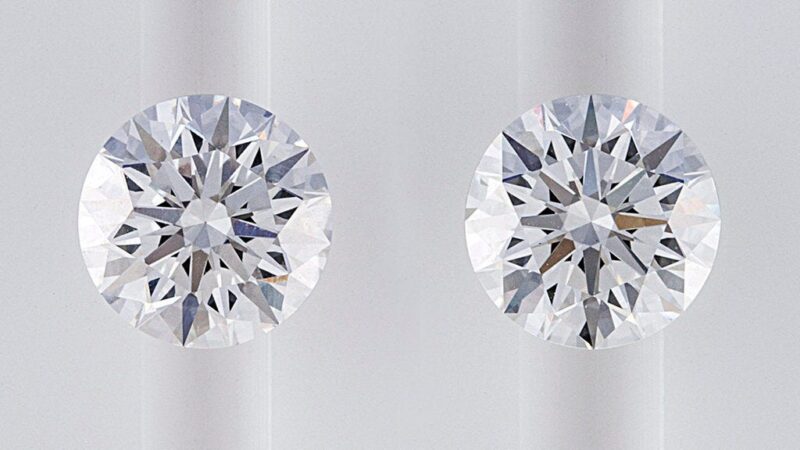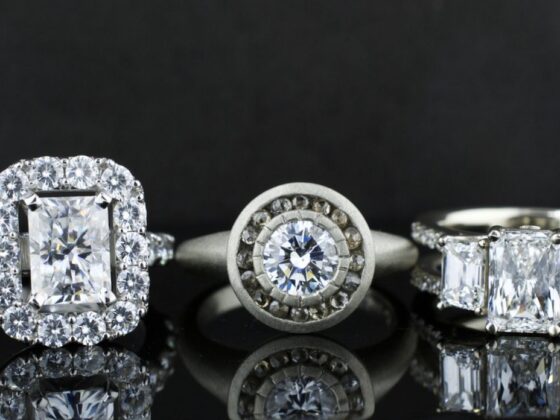The debate between lab-grown and natural diamonds has been ongoing for many years. While both types of diamonds have their own unique qualities, it can be hard to understand the differences between the two. In this article, we will demystify these differences by providing a comprehensive comparison of lab-grown and natural diamonds.
Well, discuss the various characteristics that differentiate them from one another, such as cost, environmental impact, and more. By understanding each type of diamond better, you can make an informed decision when purchasing your next piece of jewelry.
1. Physical Characteristics of Natural Diamonds vs Lab-Grown Diamonds

Demystifying the Differences: Lab-Grown vs. Natural Diamonds is a comprehensive comparison of physical characteristics between lab-grown and natural diamonds. While both types of diamonds may look identical, they have distinct differences that can be identified under magnification.
Natural diamonds are created over millions of years deep within the Earth’s core when carbon is exposed to extreme heat and pressure conditions; while laboratory-grown diamonds are produced using advanced technology in controlled environments over a shorter time span. When it comes to physical characteristics, lab-grown diamonds typically have higher clarity ratings than natural ones due to their precise growing environment and lack of impurities found in nature.
Also, lab-created diamonds tend to weigh more per carat compared to natural stones because they do not contain fractures or other irregularities caused by geological processes like those present in mined gems. Finally, colorless lab-created stones tend to be brighter and whiter than their naturally occurring counterparts due to the absence of nitrogen impurities which cause yellowish tints in some naturally formed stones. If you’re interested in learning more about the differences between diamond alternatives and natural diamonds, check out this article on Moissanite vs Diamond.
2. Cost Comparison: Natural vs Lab-Grown Diamonds

The cost of natural vs. lab-grown diamonds is an important factor to consider when making a decision between the two. Natural diamonds typically range in price from $2,000 to over $100,000 per carat depending on quality and size.
Lab-grown diamonds are much less expensive than their natural counterparts, with prices ranging from about $300 to $3,500 per carat for the same qualities and sizes. In addition, many online retailers offer discounts for larger purchases or bundles of lab-grown stones that can make them even more affordable than buying single stones at retail prices. Ultimately it comes down to personal preference as well as cost comparison when deciding which diamond type is right for you.
3. The Environmental Impact of Natural and Lab-Grown Diamonds

When it comes to selecting an engagement ring, there are several factors to consider, and one of the most significant is the environmental impact of the diamond. Natural diamonds are often extracted from the earth using heavy machinery, causing damage to local ecosystems and habitats.
However, lab-grown diamonds require significantly less energy to produce and don’t have any negative impacts on the environment. Many eco-conscious individuals prefer lab-grown diamonds because they offer an ethically superior option for diamond jewelry. In addition to being a greener option, lab-grown diamonds also tend to cost less than natural ones, making them an appealing choice for those on a budget.
If you’re considering purchasing a diamond engagement ring, it’s important to weigh the pros and cons of both natural and lab-grown diamonds. To learn more about diamond quality and how to choose the perfect engagement ring, be sure to check out this comprehensive guide on Brides.com: \”Choosing the Perfect Engagement Ring: The Four Cs\”, With all the information available, you can make a purchase decision that aligns with your values and preferences.
Summary
The article Demystifying the Differences: Lab-Grown vs. Natural Diamonds – A Comprehensive Comparison provides an in-depth look at the differences between lab-grown and natural diamonds. The article explores both types of diamonds from every angle, delving into their physical characteristics, production process, and cost analysis to give readers a comprehensive understanding of these two options when shopping for diamond jewelry.
It not only explains the key differences between them but also helps readers make a more informed decision about which one is right for them. By demystifying the differences between lab-grown and natural diamonds, this article enables consumers to understand what they are buying and why it matters.



